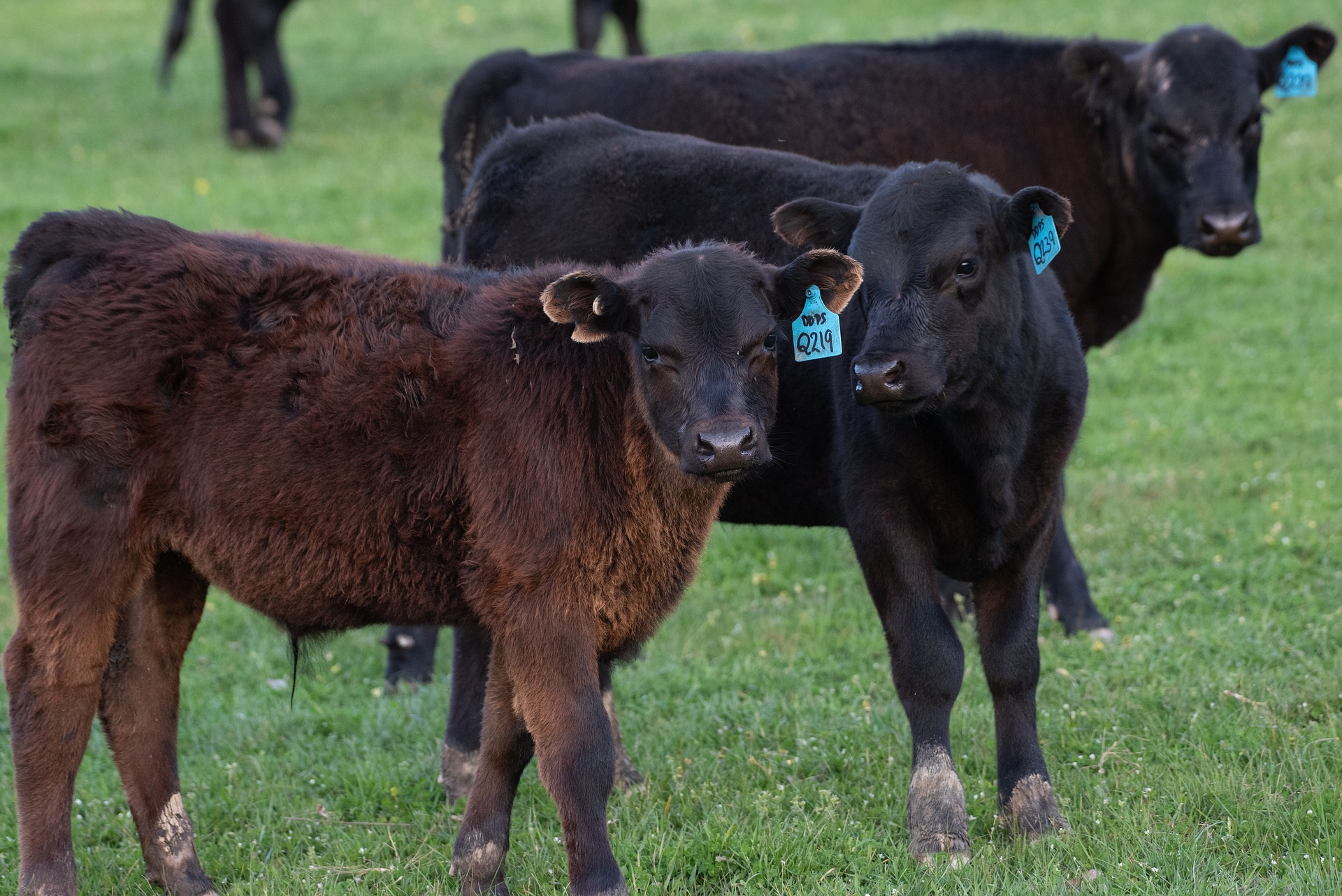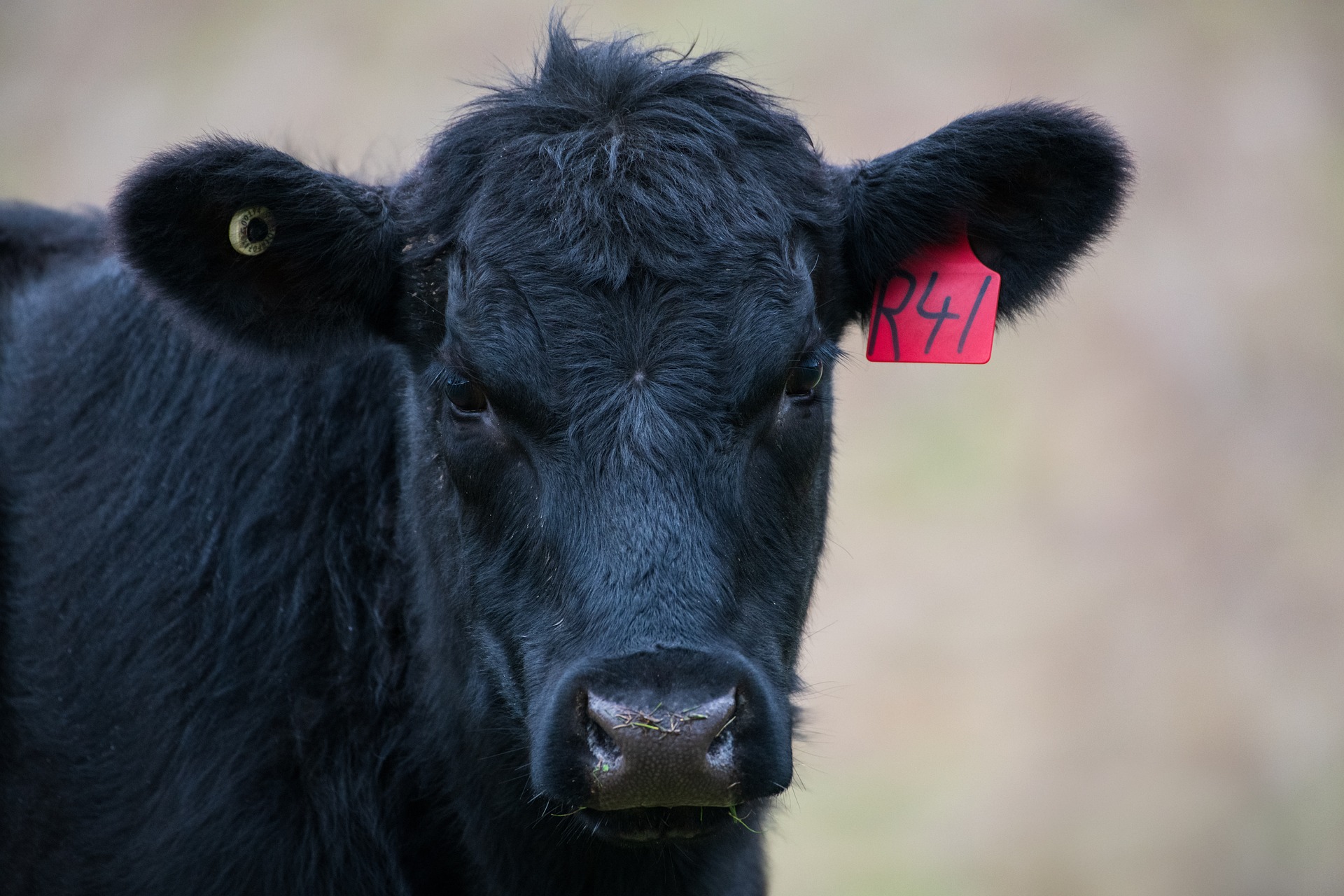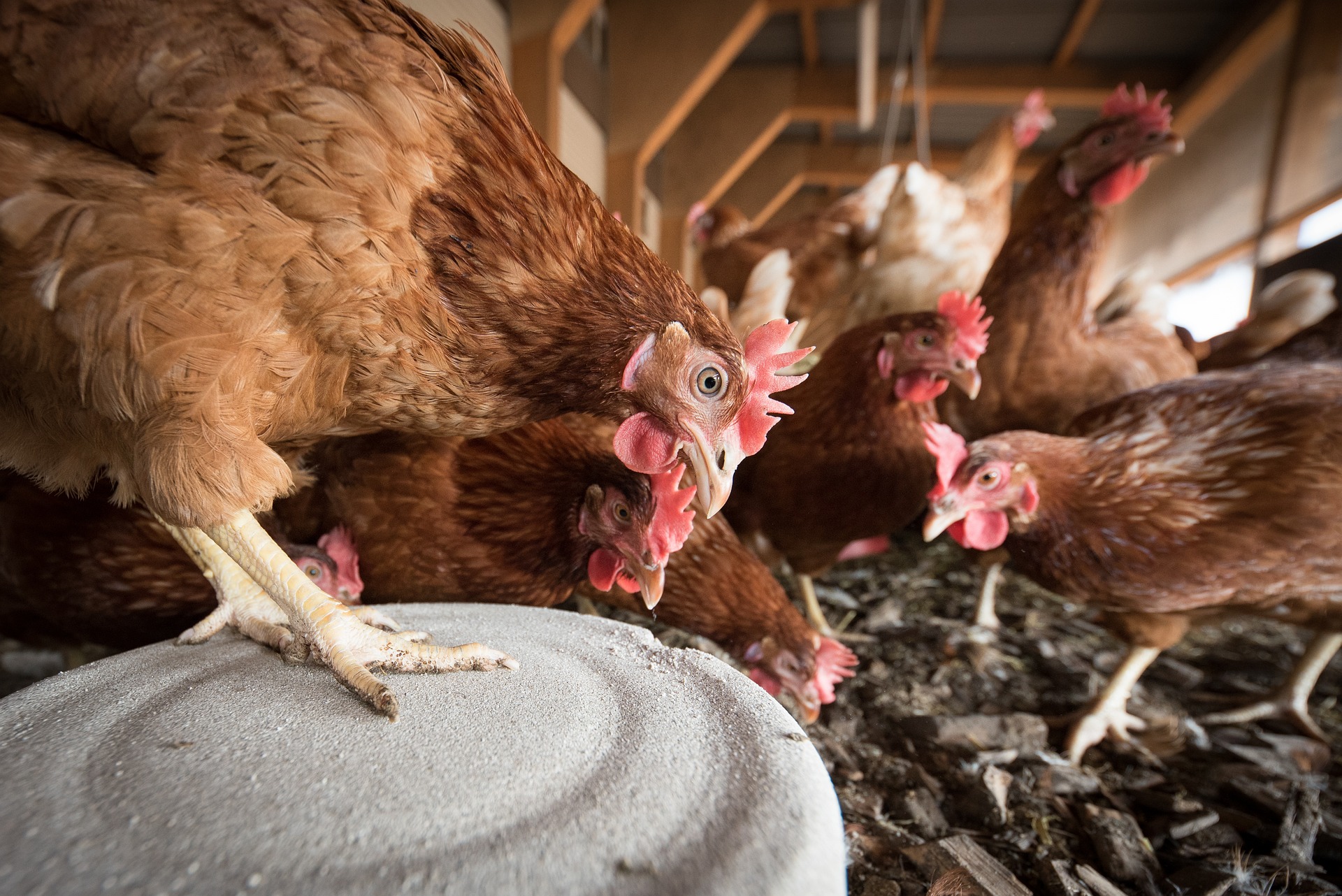
Does Social Buffering Enhance Animal Welfare And Performance When Beef Calves Are Commingled In
Feedyard Environments?
Commingling of calves from different sources presents biological and behavioral stressors, and is associated with increased risk for Bovine Respiratory Disease. Social buffering refers to the phenomenon of enhanced recovery from distress in the presence of a conspecific, with known neuroendocrine mechanism. In this proposal we explore whether preferential relationships among beef feeder cattle produces social buffering, with positive animal welfare, health and performance outcomes.
USDA AFRI: 2019-67015-29572

Intensive Assessment Of Animal Welfare And Outcome Of Hospital And Chronic Feedlot Cattle
Calves placed in the hospital/chronic pen may experience challenges associated with changes in diet, disease exposure, mixing with new cattle and finding resources in unfamiliar environments. The overarching goal of this project is to investigate animal welfare and production outcomes of calves that are pulled from feedlot pens into chronic or hospital pens.
USDA AFRI: 2021-67015-34080

Impacts of Rearing Environment on Keel Bone Integrity, Spatial Awareness Abilities of Laying Hens
This study aims to identify practical mitigation strategies for reducing keel bone fracture rates among laying hens, with a specific focus on hens raised in cage-free production systems in the U.S. It is hypothesized that exposure to complex rearing environments, defined here as environments that provide pullets with experience navigating through vertical space, will enhance spatial awareness and keel bone development, facilitate the transition from rearing to layer housing and decrease the incidence of keel bone fractures sustained during this critical period and throughout lay. With the majority of commercial scale studies originating in the EU, where hens are managed in smaller flocks and under different management protocols, little is known about the prevalence of keel bone fractures in commercial cage-free operations within the U.S., particularly with reference to rearing. The specific objectives of this study are to describe the prevalence of keel bone fractures in commercial laying flocks in the U.S., and to identify the relationship between experience with multi-tier pullet rearing systems, the development of spatial awareness, and the trajectory of keel bone development.
